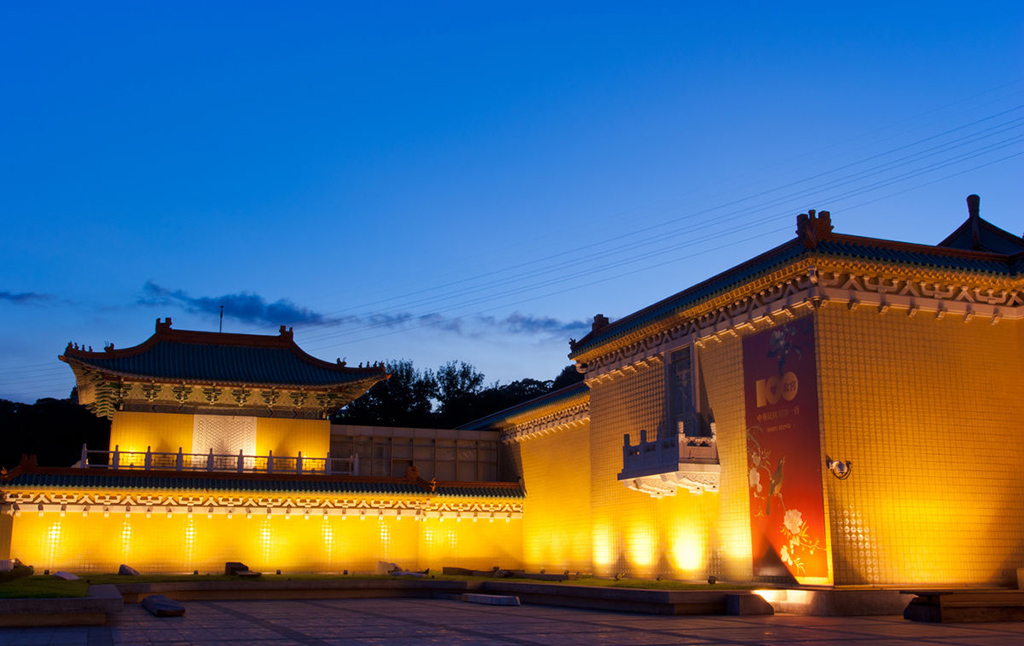
National Palace Museum collections of Chinese essence essence, vast and rich, guarding the cultural history of mankind, art history gems. In May 2016, President Lin Zhengyi (1959-) appointed our current president. By the end of 2016, the National Palace Museum has entered its 91th anniversary and is one of the world's four major museums. At the beginning of his term of office, Dean Lin Zhengyi put forward the vision of "cultivating the land deeply and marching toward the world", emphasizing the public character, diversity, professionalism, local character and international character of the Forbidden City. The so-called "public" refers to the transformation of the Forbidden City to modernize and popularize the museum. Public works include policies, exhibitions, collections, research interpretation, and curatorial ideas to promote publicity, promote participation of all sectors of society, provide public participation and creation As a world-class museum, will promote the role of the government in boosting the country's economic development. It will spearhead the development of tourism that encompasses sightseeing, cultural and creative, science and technology, Social welfare and other social public utilities, and the standard-bearer of the national image so that the diverse connotation of the Forbidden City highlights Taiwan's multicultural system. The so-called "specialization" is to return to the core and existence value of the museum. The court will focus on the function and value of the museum's publicity, education and aesthetics. It will also actively integrate the resources of museums at all levels and around the country to expand the museum community Collective action force. "Internationalization" will be based on world outlook and cultural mission. It will be promoted through various international exchanges in order to maintain its international competitiveness and to create a world-class Forbidden City with the national cultural connotation and image of the Forbidden City brand. "Localization" in pursuit of a new link between this court and the people in Taiwan will set off from Taiwan's subjectivity the new local significance and cultural context of the Forbidden City cultural relics, and bring the people and the Forbidden City closer together in society, education, life and recreation The connection between the Forbidden City to promote re-understanding of the Forbidden City, support and identity.